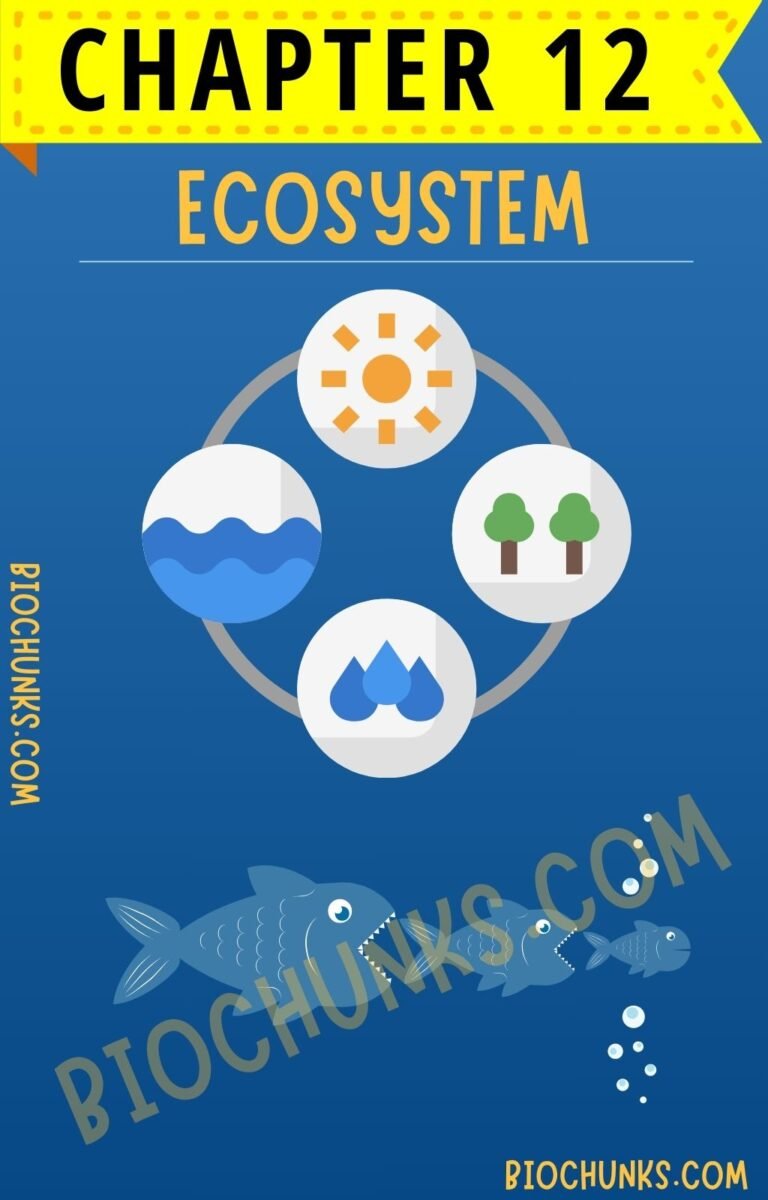Table of Contents (tap to open/close)
Is Air Present Everywhere Around Us?
Can You See Air?
- Air is everywhere, even if we can’t see it.
- We feel air when leaves rustle, clothes sway, or kites fly.
- Air moves things: pages of a book, winnowing sand and sawdust, high-speed winds in storms.
Activity 1: Make a Firki (click here)
- Firki (pinwheel): Follow instructions to make one.
- Hold and move the firki in different directions.
- Observation: The firki rotates due to moving air.
Is Air Present Everywhere Around Us?
- Close your fist: Seems empty, but is it?
Activity 2:
- Take an open bottle and dip it upside down in water.
- Observation: Water doesn’t enter at first because air fills the bottle.
- Tilt the bottle to let air escape as bubbles, then water fills the space.
- Conclusion: Air occupies space, is invisible, and transparent.
Our Atmosphere
- Earth is surrounded by a layer of air called the atmosphere.
- Higher altitudes have thinner air, which is why mountaineers need oxygen cylinders.
What Is Air Made Of?
- Air is a mixture of gases.
- Components of air include water vapor, oxygen, and nitrogen.
a. Water Vapor
- Air contains water vapor.
- Example: Water droplets form on a cool surface, showing condensation.
b. Oxygen
Activity 3:
Light two candles, cover one with a glass tumbler.
Observation: The covered candle goes out because it runs out of oxygen.
Conclusion: Oxygen supports burning.
c. Nitrogen
- After the candle goes out, air is still in the glass.
- Conclusion: Nitrogen is present in air and doesn’t support burning.
d. Carbon Dioxide
- Burning in a closed room: Causes suffocation due to excess carbon dioxide.
- Component of air: Small amount.
- Produced by:
- Respiration of plants and animals.
- Burning of plant and animal matter.
- Advice: Don’t burn dry leaves and crop remains as it pollutes the surroundings.
e. Dust and Smoke
- Smoke from burning fuel: Contains harmful gases and fine dust particles.
- Factories use long chimneys to release smoke high up, away from people but closer to birds.
- Dust particles: Always present in the air.
Activity 4: Seeing Dust Particles
- Find a sunny room: Close doors and windows, then let a little sunlight in through a slit.
- Observation: Tiny shining dust particles move in the sunlight beam.
- Dust particles are visible in sunlight, showing their presence in air.
Breathing and Dust
- Nostrils: Have fine hair and mucus to trap dust particles.
- Mouth breathing: Parents scold because dust can enter the body without the nose’s protection.
Composition of Air
- Air contains:
- Gases: Mainly nitrogen and oxygen.
- Water vapor.
- Dust particles.
- Major gases:
- Nitrogen and oxygen make up 99% of air.
- Carbon dioxide and other gases, along with water vapor, make up the remaining 1%.
Summary
- Air is a mix of gases, with nitrogen and oxygen being the most abundant.
- It also contains carbon dioxide, water vapor, and dust particles, varying by place and time.
How Do Animals and Plants Get Oxygen?
Oxygen in Water and Soil
Activity 5: Heating Water
- Heat water in a container and watch for bubbles.
- Observation: Bubbles come from air dissolved in water.
- Conclusion: Animals in water use dissolved oxygen.
- Conclusion: Animals in water use dissolved oxygen.
- Soil and Air
- Soil contains air, which animals and plant roots use for respiration.
Activity 6: Air in Soil
- Add water to dry soil in a beaker.
- Observation: Bubbles form, showing air in the soil.
- Conclusion: Air in soil helps soil organisms and plant roots breathe.
- Note: During heavy rains, soil air is replaced by water, forcing animals like earthworms to come out for air.
How Is Oxygen Replaced in the Atmosphere?
- Photosynthesis:
- Plants make food and release oxygen.
- Plants produce more oxygen than they consume.
- This maintains the balance of oxygen and carbon dioxide.
- Interdependence: Plants and animals rely on each other for oxygen and carbon dioxide.
Other Uses of Air
- Windmills:
- Use wind to draw water, run flour mills, and generate electricity.
- Movement:
- Air helps sailboats, gliders, parachutes, and airplanes move.
- Birds, bats, and insects fly because of air.
- Seed Dispersal:
- Air helps spread seeds and pollen.
- Water Cycle:
- Air plays a crucial role in the water cycle.
Chapter Summary:
- Air is found everywhere.
- We cannot see air, but we can feel it.
- Air in motion is called wind.
- Air occupies space.
- Air is present in water and soil.
- Air is a mixture of nitrogen, oxygen, carbon dioxide, water vapour, and a few other gases.
- Some dust particles may also be present in air.
- Oxygen supports burning and is necessary for living organisms.
- The envelope of air that surrounds the earth is known as the atmosphere.
- The atmosphere is essential for life on earth.
- Aquatic animals use dissolved air in water for respiration.
- Plants and animals depend on each other for the exchange of oxygen and carbon dioxide from air.
Keywords
| Serial No. | Keywords | Serial No. | Keywords |
|---|---|---|---|
| 1 | Atmosphere | 5 | Nitrogen |
| 2 | Carbon dioxide | 6 | Smoke |
| 3 | Composition of air | 7 | Windmill |
| 4 | Oxygen |



